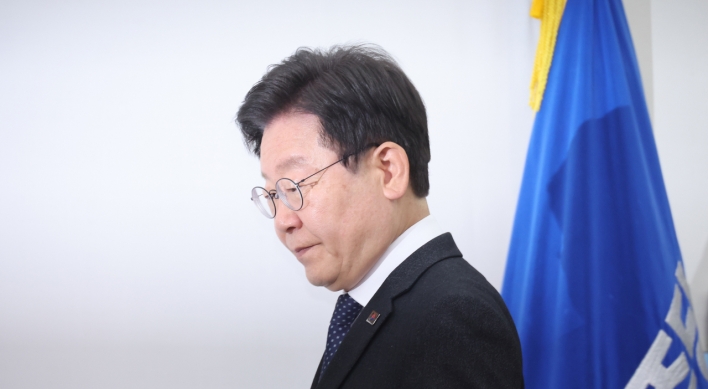Over 600 residents near a U.S. live-fire range in South Korea's inter-Korean border town staged a protest Wednesday over decades-long damages caused by military drills there.
The protesters, most of whom are elderly farmers residing in Pocheon, Gyeonggi Province, gathered in Yongsan, central Seoul, where Seoul's defense ministry building and the headquarters of the U.S. 8th Army headquarters are located. They are infuriated by a series of accidents involving errant shells from the sprawling Rodriguez Range Complex.
In the latest case, a non-explosive training round exited the range and hit a nearby house in March, causing injuries, albeit not life-threatening, to a resident there.
"We've been living under stress and in fear, suffering from noise, fires and other inconveniences, as drills have taken place even during the nighttime, everywhere including near school buildings and private homes," said Kim Soo-cheol, the chief of the residents' committee in the town.
Stressing that the citizens have tolerated them over the past 70 years for national security interests, he vowed "to do everything to have the range be shut down unless the South Korean government and the U.S. Forces Korea fails to put forth safety measures."
During the two-hour rally, three gray-haired men had their hair shaved to express their stern will to fight and delivered a petition to Defense Minister Han Min-koo and the 8th Army chief Lt. Gen. Bernard Champoux.
Following the March incident, the U.S. army has carried out a probe to find the exact cause while ceasing firing of its weapon system involved, with the Seoul government urging the U.S. to take measures to prevent any recurrence and to guarantee safety of the people, according to officials.
Established in 1954 after the 1950-53 Korean War, the Rodriguez Range is Asia's largest training field for the U.S. military at some 13 million square meters. It is used for combined and joint training by the U.S. and South Korean forces throughout the year. (Yonhap)




![[Herald Interview] 'Amid aging population, Korea to invite more young professionals from overseas'](http://res.heraldm.com/phpwas/restmb_idxmake.php?idx=644&simg=/content/image/2024/04/24/20240424050844_0.jpg&u=20240424200058)











![[KH Explains] Korean shipbuilding stocks rally: Real growth or bubble?](http://res.heraldm.com/phpwas/restmb_idxmake.php?idx=652&simg=/content/image/2024/04/25/20240425050656_0.jpg&u=)

